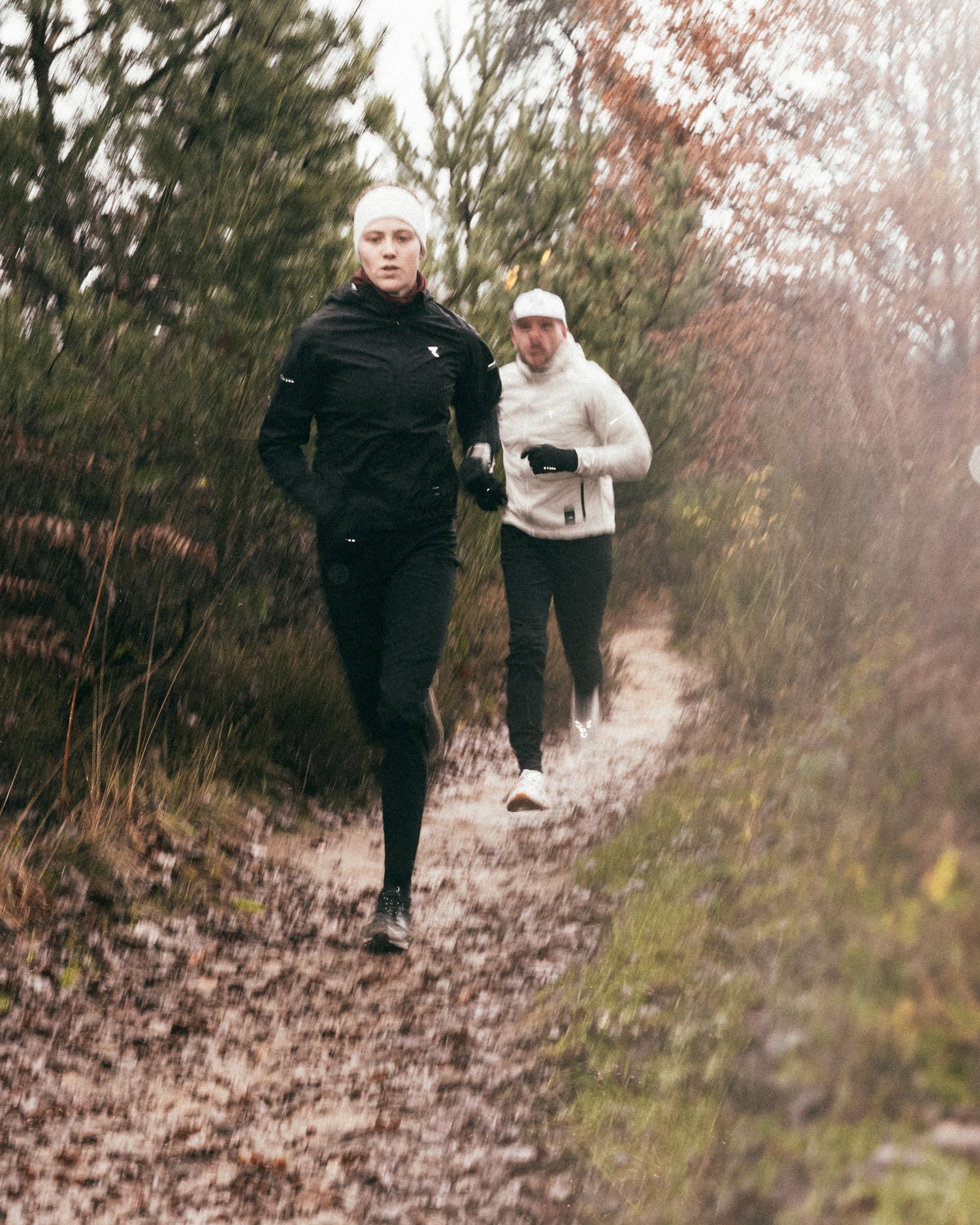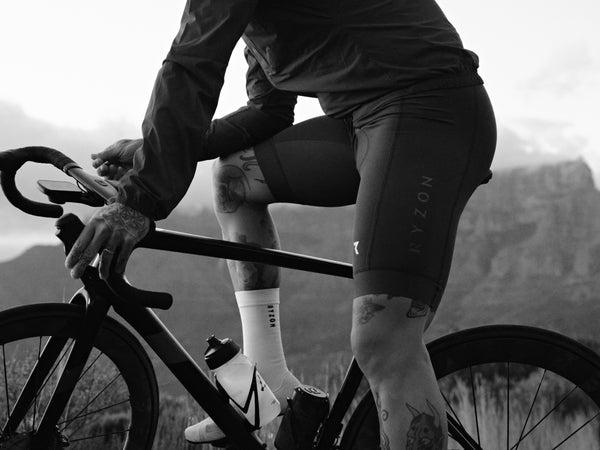Half Marathon/ Marathon Guide // Lesson 6 - Starting in Winter
Are you planning your first half marathon or even marathon? Our comprehensive guide will teach you everything you need to know about half marathons and marathons. Lesson 6 is all about "Starting in Winter."
Lesson 5: Community
Have you registered for a half marathon or even a marathon in the spring? This means that your base training must take place during the winter months – a time that presents particular challenges with cold, darkness, and difficult weather conditions. But with the right strategies, you can train effectively even in the cold season and specifically improve your endurance.
This lesson answers important questions such as:
- How do I stay motivated in winter, even when it's uncomfortable outside?
- What equipment do I need for safe and comfortable winter training?

Why winter training is crucial
If you want to compete in the spring, it's essential to train consistently during the winter months. It's especially important:
- Build basic endurance : Long, easy runs are the foundation for your marathon or half marathon. Even if the weather isn't ideal, these runs shouldn't be skipped.
- Adaptation to cold temperatures : Your body must learn to cope efficiently with cold, as your competition may also take place in cool weather.
- Develop physical robustness : Training in difficult terrain (snow, mud) strengthens your muscles and improves your running technique.
Security aspects
Visibility and protection – safe through the darkness
Since many runners can't train until after work in the winter, races often take place at dusk or in the dark. Safety is our top priority:
- Reflective clothing : Jackets, trousers or shoes with reflective elements ensure visibility.
- Headlamps & flashing lights : A powerful headlamp helps you spot bumps on the trail, and flashing lights increase your visibility.
- Wear bright colors : Combine bright clothing with reflectors to be seen.
- In this article you will find more information about which clothing is best suited for the dark
Running in cold and slippery conditions – minimise the risk of injury
- Non-slip footwear with good grip or shoe spikes reduces the risk of falls.
- Multi-layered clothing (onion principle) protects against the cold without overheating.
- Walk with shorter strides : A shorter stride length reduces the risk of falls, especially on slippery surfaces.
- Protect your respiratory tract : Cold air can irritate your respiratory tract – a buff or scarf can help.
Motivational tips for winter training
Set concrete goals
- Sign up for a half marathon or marathon in the spring – this will give you clear motivation.
- Work with a training plan and document your progress.
- Set intermediate goals to make your development measurable.
Use technology & support
- Running apps and wearables help you track your training.
- Running groups or training partners motivate you even in bad weather.
- Music or podcasts provide distraction and make training more enjoyable.
Reward system : Plan a hot shower or a warm tea as a small reward after your run.
Use indoor alternatives if the weather is really too bad:
- Treadmill training as an alternative to tempo or interval running.
- Cross-training : Cycling, cross-country skiing or swimming maintain your basic endurance.
Product recommendations for winter runners
Clothing – Functional layered clothing
- Waterproof and windproof running jackets for protection in cold and wet conditions.
- Long, breathable running pants for warmth without restrictions.
- Gloves, hats & buffs for additional protection.
- Functional underwear to regulate body temperature.
- Feel free to take a look at our running collection !
Useful accessories
- Headlamp & reflective vests for visibility.
Thermal socks for warm feet.- Trail running shoes with better grip.
- Running gaiters against snow and mud.
More helpful articles
Here you can find more helpful information on the topic of "Running in Winter":
- Which material keeps me warmest in winter?
- Which jacket for running in winter?
- Which shoes are best for running in winter?
- How do you stay warm while jogging in winter?
- What running clothes in winter?
Conclusion – Use the winter for your marathon preparation
If you plan to run a half marathon or marathon in the spring, winter is the most important preparation period. Despite the cold and darkness, with the right equipment and training structure, you can specifically improve your performance. Winter is not only a challenge, but also an opportunity to become mentally and physically stronger.
Stay consistent, pay attention to safety, and enjoy your training – then you'll be well prepared at the starting line in spring!
Next lesson: Race Day
